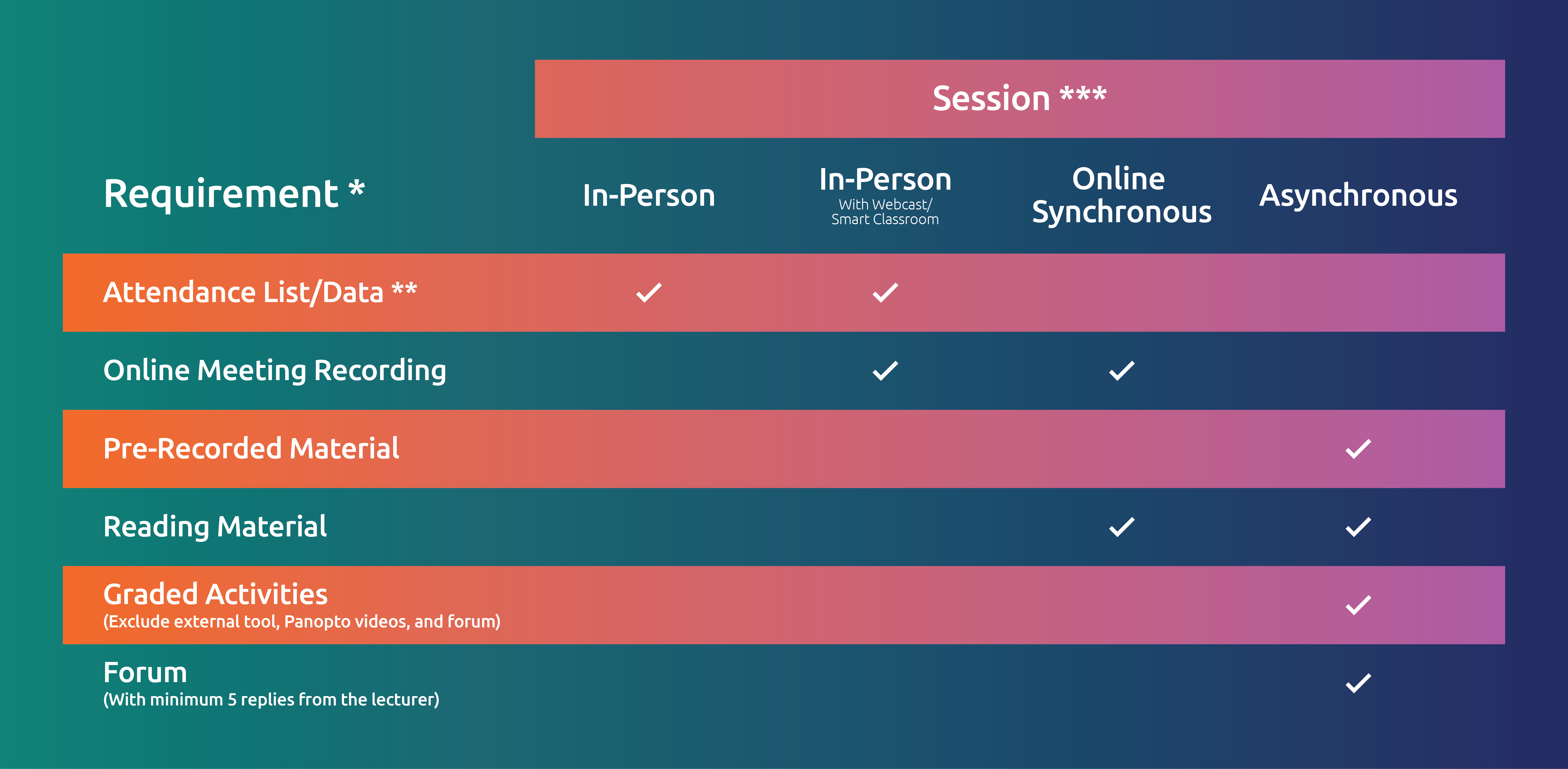Course Development
Standard of learning content is one of the important components since its determines the achievementof expected graduate competence. (Permendikbud 2/2020)
To develop qualified teaching materials, Universitas Pelita Harapan (UPH) sets a standard for qualified and accountable teaching materials that can
be implemented and fulfill the student learning needs.
Course development includes the development of teaching materials and learning activities. For the existing course, course development is defined as rejuvenation of teaching materials and learning activities to improve it qualities to support the learning process.
Teaching materials are designed and developed by Subject Matter Expert (lecturers and experts) in collaboration with instructional designer of CTL to facilitate teaching and learning process and
achieve the learning objectives.


Syllabus Creation Planner (SCP) is learning plans which design systematically by lecturer as a guideline to conduct teaching-learning process include learning objectives, grading
scheme, learning method and assessment, course planner, and references.
The followings are the important elements in designing a course planner:

